This post may contain affiliate links. For full information, please see our disclaimer here and our Privacy Policy here.
Welcome to the Solo Female Travel Safety Tips and Advice page for Guinea!
This page is brought to you by Solo Female Travelers Tours, our curated small group trips for women, by women.
On this page you will find first-hand, unbiased, and real safety tips, advice and reviews from women traveling solo, submitted directly from their personal experiences in the country.
Their opinions are unfiltered and submitted independently as part of the Solo Female Travel Safety Index, a ranking of 210 countries and regions based on how safe they are for women traveling solo.
The safety scores range from 1 to 4 with 1 being the safest and 4 being the most dangerous for solo female travelers.
You don’t need to login to read the below reviews. But do sign up or login to share your solo travel experiences, country safety rating and comments.
Jump straight to: Travel Tips | About the Index | Resources I Leave a Review
MAKE A DIFFERENCE – LEAVE YOUR SAFETY REVIEWS!
We can make the world a safer place for women traveling solo together. Sign up to our portal and leave your reviews NOW. Share your experience with other solo female travelers and help us empower more women through travel.
Guinea Country data
We have compiled a few data points below that can help you better understand Guinea and have more context when thinking about travel safety.
Official country name: Republic of Guinea.
Etymology: The country is named after the Guinea region of West Africa that lies along the Gulf of Guinea and stretches north to the Sahel.
Country map

Locator map
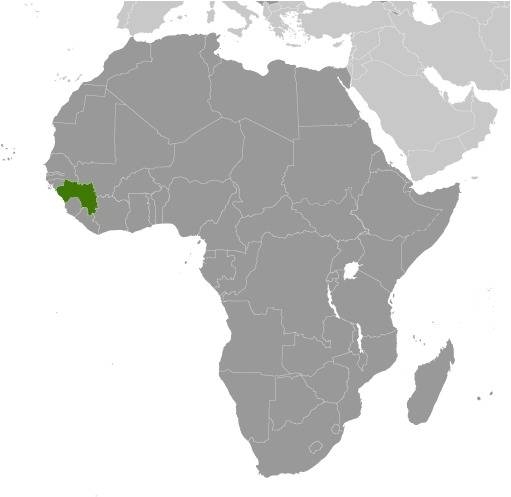
Flag
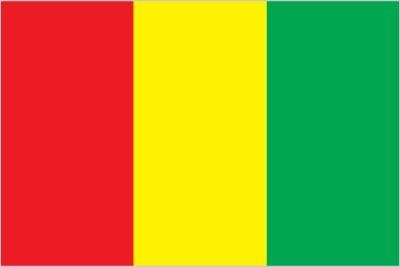
Capital: Conakry.
Independence / foundation: In the 18th century, Fulani Muslims established an Islamic state in central Guinea that represents one of the earliest examples of a written constitution and alternating leadership.
While European traders first arrived in the 16th century, it was the French who secured colonial rule in the 19th century. In 1958, Guinea achieved independence from France. Sekou Toure became Guinea’s first post-independence president. He established a dictatorial regime and ruled until his death in 1984, after which General Lansana Conte staged a coup and seized the government.
Population: 14 million.
Currency: Guinean Franc (GNF)
1 USD = 8.55 - 8.65 GNF
1 EUR = 9.23 - 9.40 GNF
Time zone: UTC 0
Languages spoken: French (official), Pular, Maninka, Susu, other native languages. Note: about 40 languages are spoken; each ethnic group has its own language.
Religions: Muslim 89%, Christian 7%, animist 2%, other <1%, none 2%.
Climate: Generally hot and humid climate. Monsoonal-type rainy season from June to November with southwesterly winds and Dry season from December to May with northeasterly harmattan winds.
Real GDP (ppp – purchasing power parity): $37.40 billion.
Real GDP per capita (ppp): $2,700.
Main airports: Conakry International Airport.
World heritage sites in Guinea
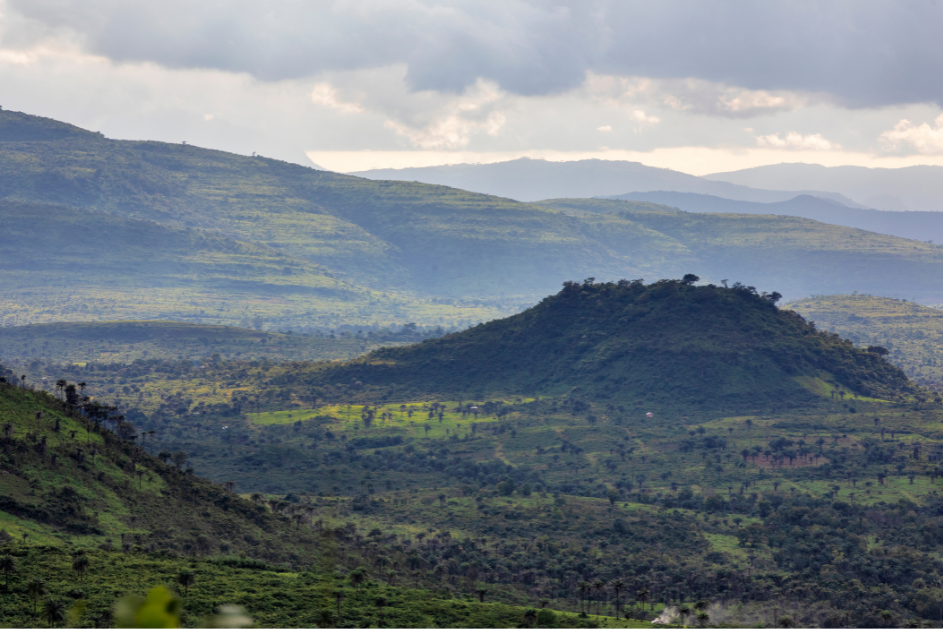
There are over 1,100 world heritage sites spread across more than 165 countries. New ones are added every year, and some may be removed from the list for various reasons.
Number of UNESCO listed sites: 1.
Top world heritage sites:
Mount Nimba Strict Nature Reserve.Interesting facts about Guinea
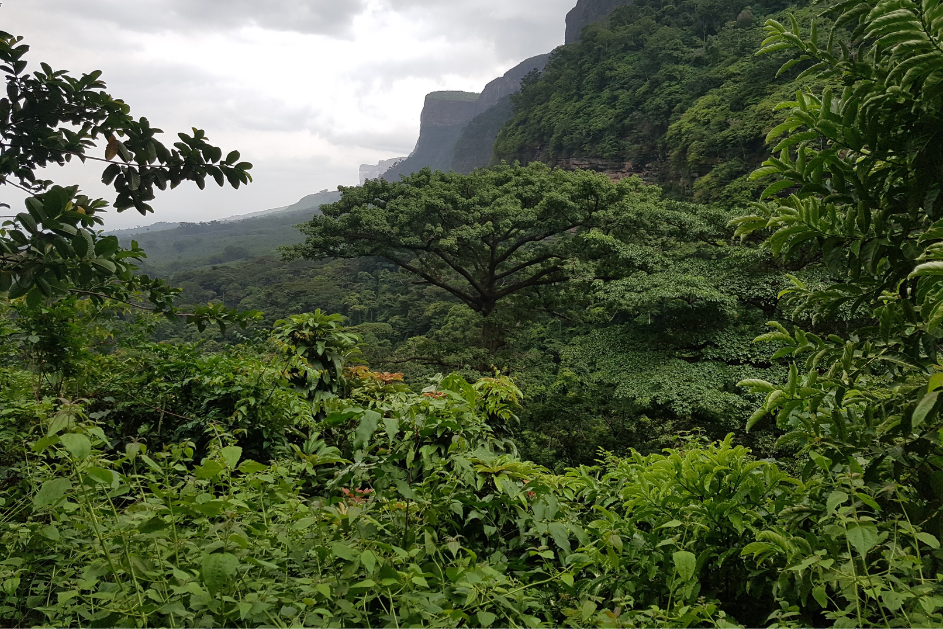
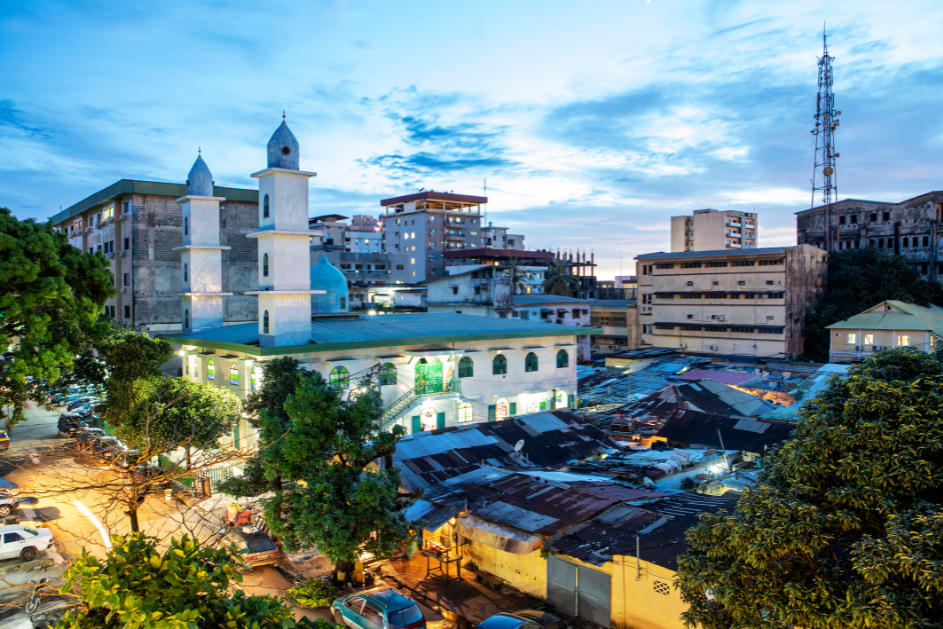
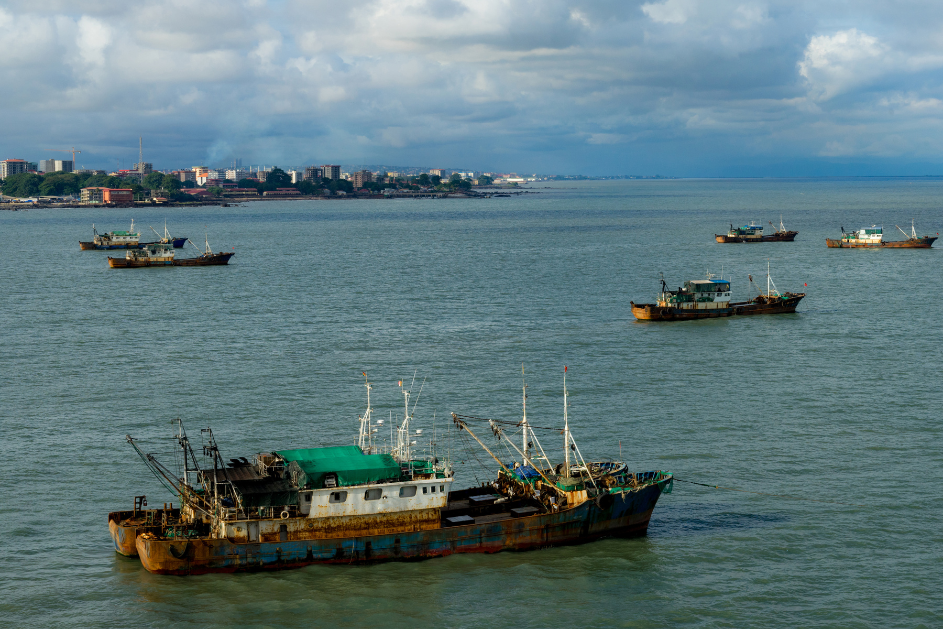
- Three major West African rivers originate in Guinea: the Gambia, Niger and Sénégal.
- Guinea used to be part of the Empire of Mali, which spread across a large area of western Africa from the 13th to 15th centuries.
- There are four countries with the word Guinea in their name: Guinea, Equatorial Guinea and Guinea-Bissau in Africa and Papua New Guinea in Oceania and Asia.
- Traditional healers are very popular in Guinea when it comes to treating illness. Around 80% of sick Guineans go to traditional healers as a first option.
Further reading: N/A.
Guinea Travel tips
Socket type: C / F / K. Guide to socket types.
Weekend days: Saturday and Sunday.
Driving: Cars drive on the Right.
Local taxi apps: No taxi/ride hailing apps.
Travel Guides: Lonely Planet.
Languages spoken: French (official), Pular, Maninka, Susu, other native languages. Note: about 40 languages are spoken; each ethnic group has its own language.
Basic words and phrases in the main language:
Hello: BonjourPlease: S’il vous plaît
Thank you: Merci
Help: Pouvez-vous m’aider?
Learn more with our favorite learning app Mondly.
Find a hotel in Guinea
Booking.comBook tours and activities:
Not available.More about Guinea on Solo Female Travelers
Coming soon.Did you spot any errors? We do our best to keep this information updated and accurate, but things change. If you saw anything that is not right, let us know so we can fix it: [email protected].
About the Solo Female Travel Safety Index
Safety matters to solo female travelers, you told us so in our annual Solo Female Travel Survey, where year after year, women prove that this is their most important concern when traveling solo.
We wanted to do something about it, so we built these country-specific pages where you can find reviews and scores for 7 key variables affecting the safety of women traveling solo.
Variables
- Risk of scam
- Risk of theft
- Risk of harassment
- Attitudes towards women
- UK Travel Advisory
- US Travel advisory
- Global Peace Index (GPI)
Informing OSAC
The Solo Female Travel Safety Score is used by the Overseas Security Advisory Council for including safety concerns for women travelers in their country security reports; OSAC is a partnership between the U.S. Department of State and private-sector security community.
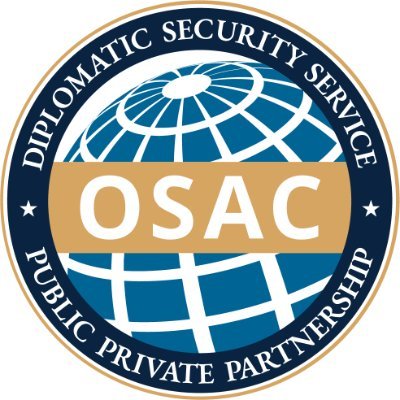
How to use the Safety Index
On this page, you will find the country score and the personal opinions on safety of other women traveling solo.
You can sort the comments by:
- The level of experience traveling solo of the reviewer (beginner = <5 trips solo, Intermediate = 5 to 10 trips solo, Experienced = >10 trips solo).
- The age of the traveler.
- Whether they are a visitor or local.
- The date they were posted.
The safety scores range from 1 to 4 with 1 being the safest and 4 being the most dangerous for solo female travelers.
Thus, the lower the score, the safer the country.
Looking for more safety resources?
This entire website is devoted to helping women travel solo. Check out the links below to learn more:
Solo Female Travel Stats: Results from the the largest, most comprehensive and only global research study on solo female travel trends, preferences and behaviors published.
Thanks to Jacobo Vilella for creating the Solo Female Travelers Safety Index ❤️






